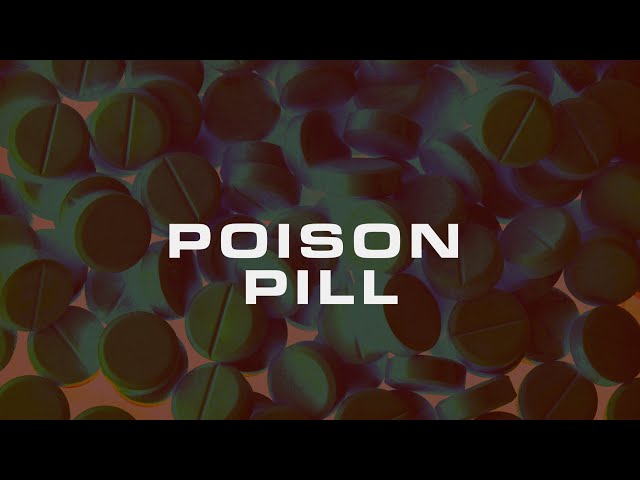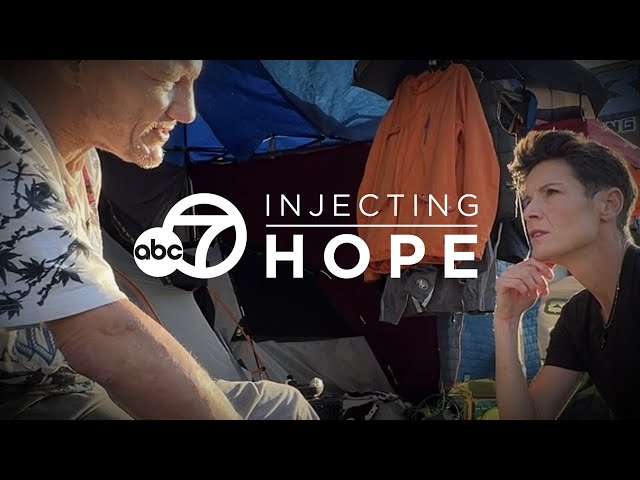Introduction
This incredibly informative documentary from NOVA PBS discusses opioid addiction, highlighting that addiction is not a moral failing, but rather, a treatable chronic medical condition. It provides a general overview of the science behind addiction, detailing how dopamine, the reward pathway, and other brain regions change as a result of substance abuse, and how these changes result in drug-seeking behaviours and withdrawal. While there are several personal stories from those affected by addiction, the primary focus of this documentary is to provide education on the science behind addiction and the importance of evidence-based treatments.
Accompanying Information:
Videos for Students (Gr. 6 – 12)
Boston News Post
Landmark Recovery Post
Watch Now!
After watching the following video, you are welcome to share your experience by providing a review of the resource.
Quotes
“Opioids, like OxyContin, are chemically similar to morphine, found in the opium of the poppy plant. They mimic the body’s natural pain relievers, like endorphins, which bind to proteins, called receptors, calming pain and inducing euphoria. Prolonged opioid use can alter the brain and lead to addiction, manifested by cravings and compulsive drug use despite negative consequences.”
“Addiction runs in families, and studies suggest that genes play a role in determining one’s risk. Addiction is a complex disorder, and as a complex disorder, there’s not one addiction gene. It’s multiple genes and multiple other factors that interact with your genetics that increases risk.”
“The reward pathway in the brain, primarily controlled by a chemical messenger called dopamine. Dopamine tells your brain to pay attention, that whatever it just experienced is worth getting more of. It’s released by endorphins or whem we encounter anything pleasurable or exciting – especially drugs that can push dopamine levels 10x higher than normal. As drugs raise dopamine levels, they also alter the connections between brain cells, creating memories of euphoria that trigger fierce cravings.”
“When opioids are abruptly stopped, stress hormones are released at catastrophic levels. This imbalance triggers the opposite symptoms of opioid use, including shaking, anxiety, pain, and intense dysphoria.”

“Patient after patient after patient will tell me the same story. “Listen, Doc, “I am not using to get high anymore. I am just using not to be sick anymore.” What Suboxone does is it satisfies those cravings in a way that they’re under control.”
DR. JAMES BARRY
“Abstinence-based programs really, for opioid use disorder, are setting people up to fail and to relapse. And in the face of this crisis, where we know that every single time that somebody uses an opioid, they are at real risk of overdosing and dying, this should never be recommended as a primary intervention.”
“Methadone, a long-lasting opioid that curbs cravings from heroin and pain pills without causing euphoria. Methadone binds to opioid receptors and normalizes brain functions altered by addiction, including dopamine levels.”
“In 2003, the opioid buprenorphine became available under the brand name Suboxone, which could be taken at home. Less potent than methadone, Suboxone only partially activates opioid receptors to reduce cravings. If taken as prescribed and not misused, both drugs cut mortality by about half. After a year, 40-90% of patients are in recovery.”
“Scans reveal that chronic drug use is associated with reduced gray matter, especially in the prefrontal cortex. Those regions are essential to make advantageous choices – to make the right decision at the right time. So, the lower the grey matter, the more the decision-making is impaired.”
“Heroin changes the way our DNA functions. It turns on genes that should not be on. And turns off genes that should be on. And so that imbalance changes the brain function. The genes most affected regulate the brain’s key chemical messenger, called glutamate, which is essential for sending signals between neurons, making thinking, memory, and learning possible.”
“The drug naloxone, sold under the brand name Narcan, can reverse an overdose by pulling opioids off receptors in the brain. Although Narcan saves lives, it can also put patients into acute withdrawal. Without medications to control cravings, many will overdose again.”
“In Charleston, West Virginia, Dr. Stefan Maxwell cares for babies born dependent on drugs. It’s a withdrawal syndrome. They have vomiting, diarrhea, frantic behavior, they may scratch themselves. These babies may go for many days without sleeping or eating. And symptoms may last up to three months. Babies in acute withdrawal are weaned off opioids by giving them smaller and smaller doses.”
“Trauma is an experience that overwhelms you, that leaves you bereft, paralyzed, and with no way out. And it can come in many different contexts. It can be physical, verbal, sexual abuse, childhood neglect. And these problems early in life put you at risk later in life.”
RECOMMENDED BOOK: The Body Keeps The Score
“In 2003, Vancouver sanctioned the first legal site in North America where people could inject illegal drugs under medical supervision. Called Insite, the program provides clean needles to prevent the spread of infectious diseases, drugs to reverse overdoses, and help accessing services, like medically assisted treatment.”
Continue Learning
Please view the following additional resources to continue learning about some of the topics discussed in this resource. If you have any suggestions, concerns or general comments, feel free to contact me as well!





